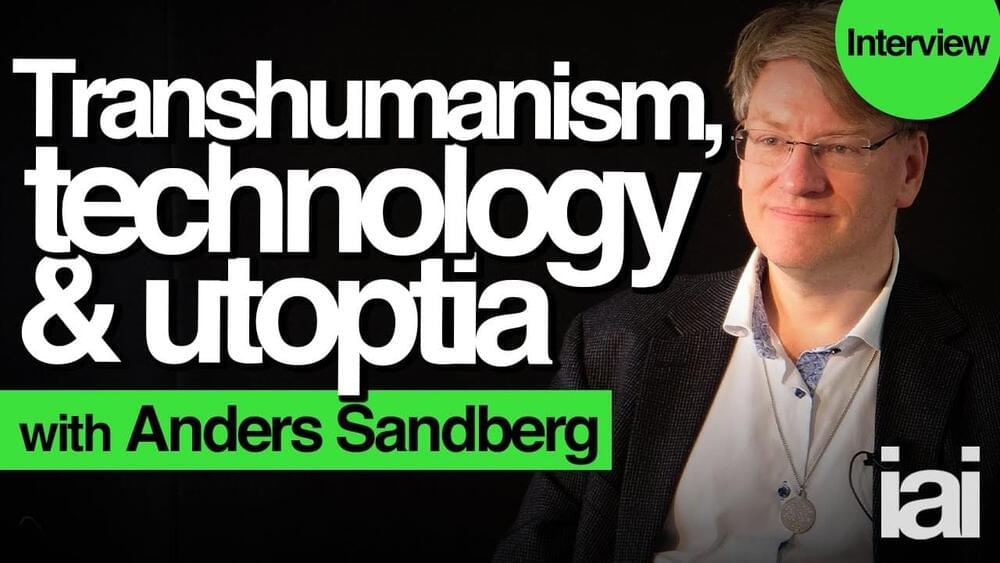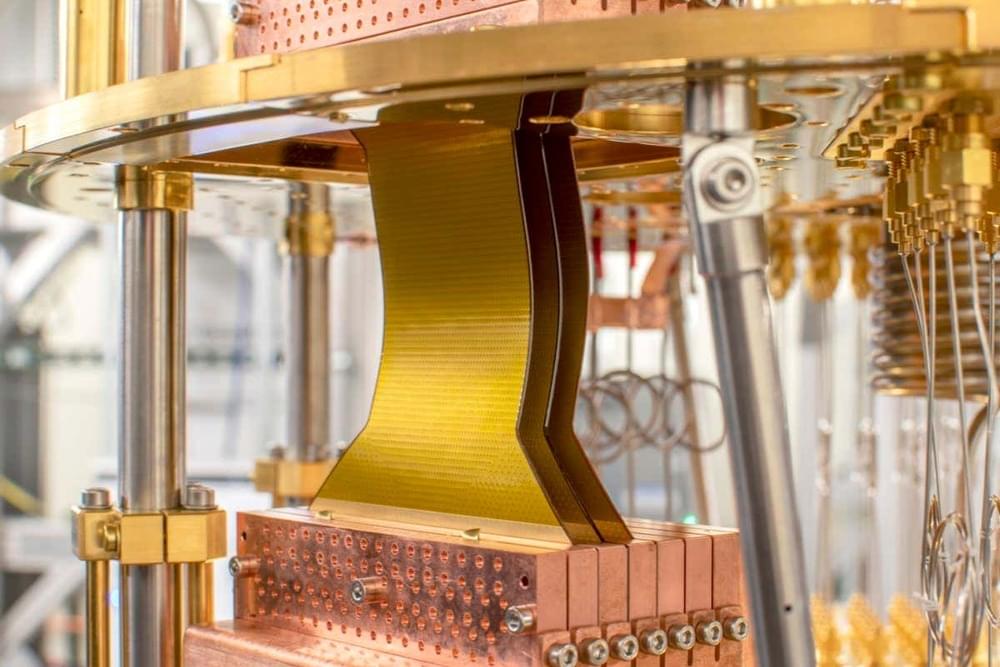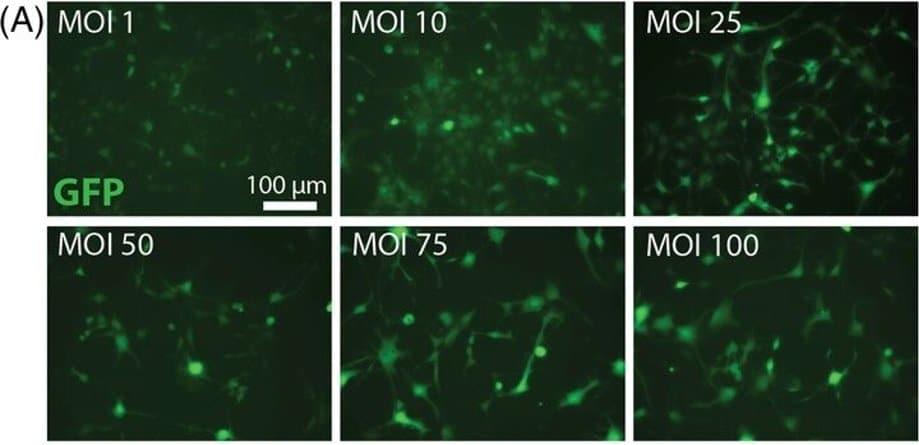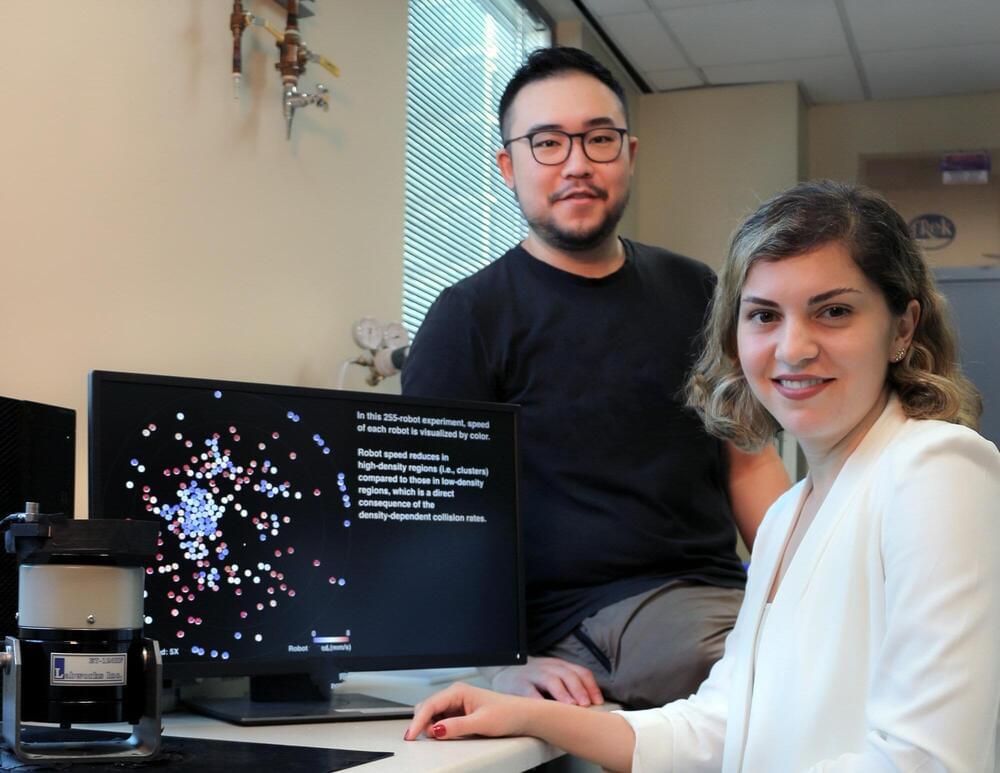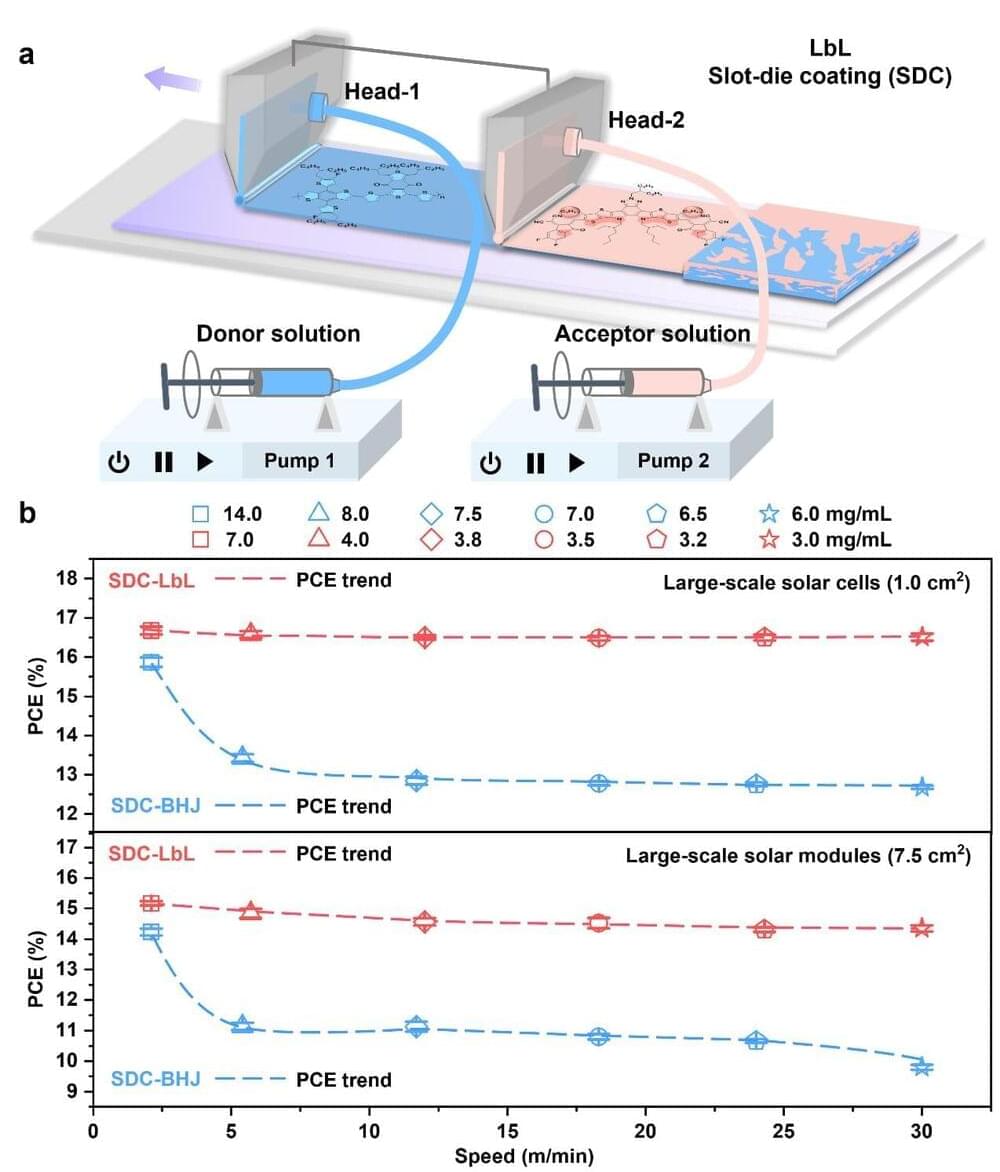Nov 9, 2022
Studying complex criminal networks with new statistical tools
Posted by Saúl Morales Rodriguéz in category: law
The word “network” has become part of our everyday language, in particular since the rise of online social networks. However, human interactions are not only aimed at sociability and fun. Criminals also interact with each other to plan their illicit actions, especially in organized crime.
Motivated by openly available data and publicly released judicial documents from a law-enforcement operation named “Operazione Infinito,” which was conducted in Lombardy between 2007 and 2009 to tackle the ‘Ndrangheta mafia, Bocconi Professor Daniele Durante and his co-authors have developed a new class of statistical models for grouping together criminals with similar connectivity patterns, thus shedding further light on the community structure of criminal organizations.
In fact, within most networks, not all the nodes—that here represent criminals—are connected to each other, and community structures typically arise. The simplest type of community structure is characterized by dense connections within each community, and sparser connections across different communities. This corresponds to the idea that each individual is more likely to connect with the individuals belonging to the same community.

